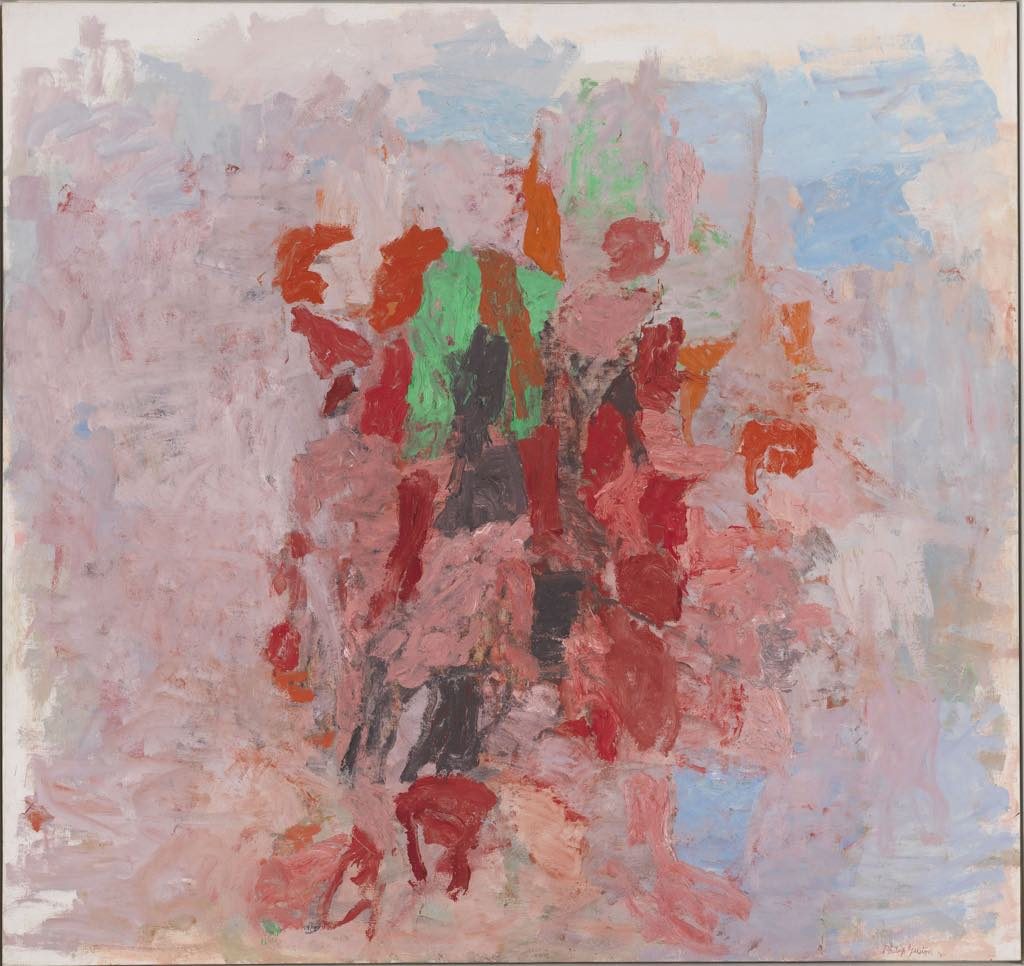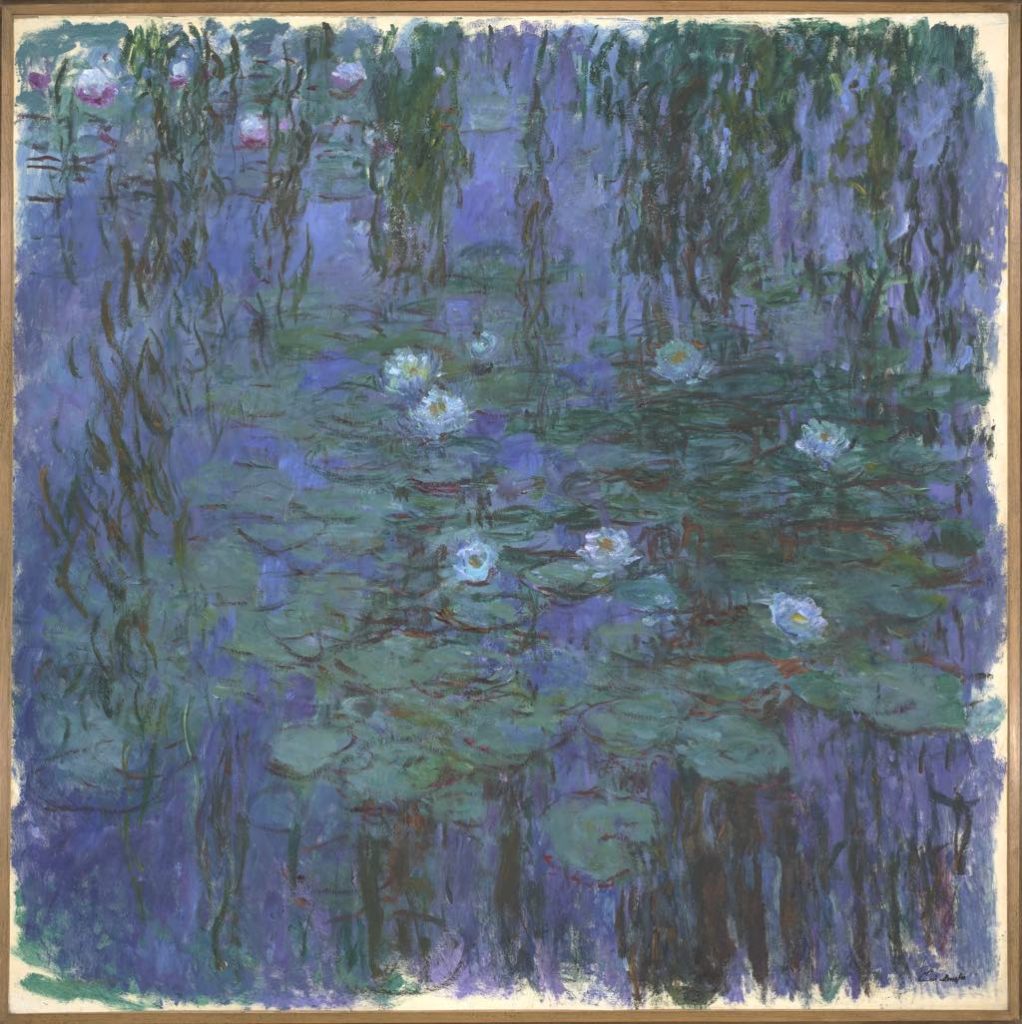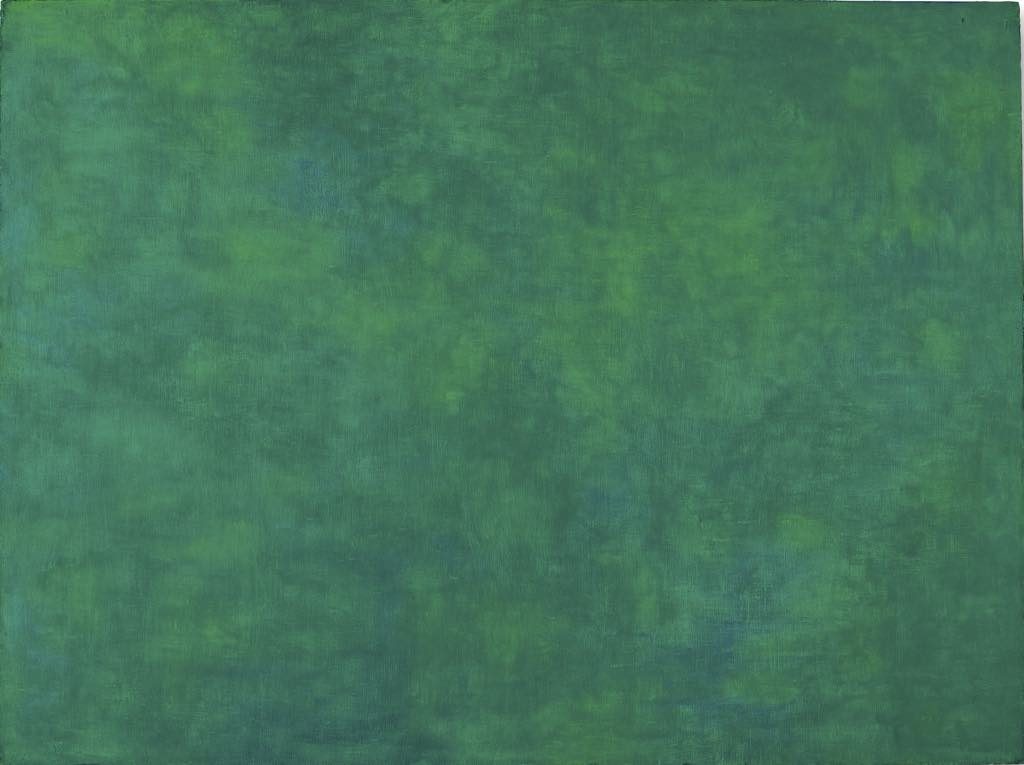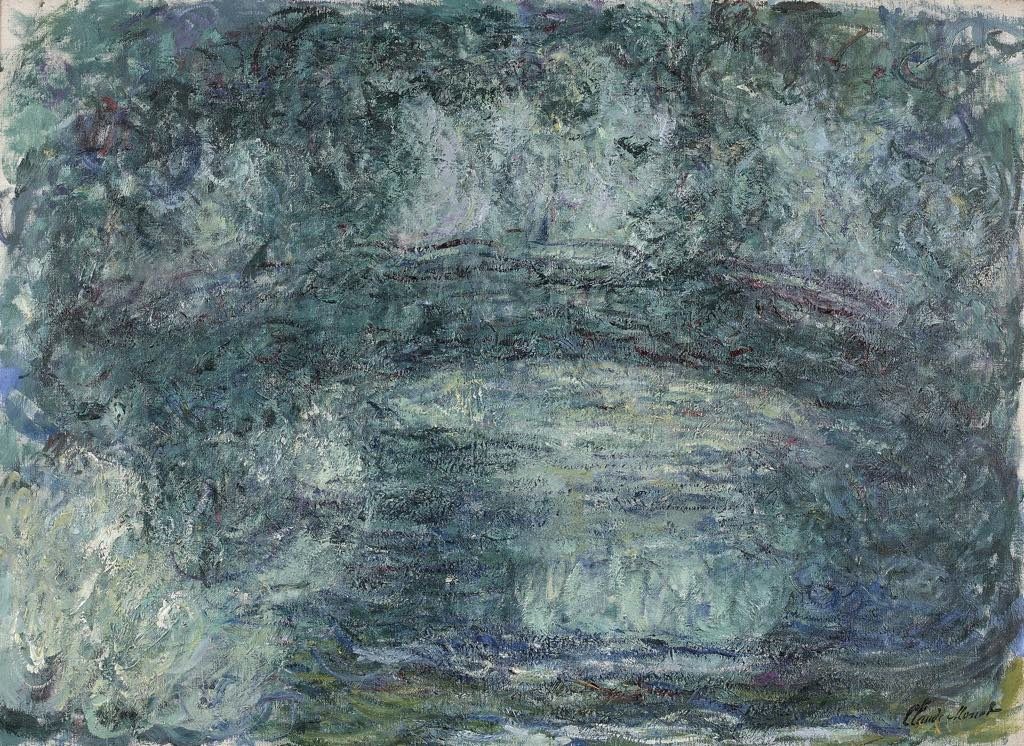
The exhibition “The Water Lilies: American Abstract Painting and the Last Monet” at the Musée de l’Orangerie is an uplifting look at the influence of Monet’s late work – which progressively veered toward pure abstraction – on American abstract painting.

It’s hard to imagine today, but Monet’s large water-lily panels, which he himself installed in 1927 in the Orangerie and are today worshipped in this “Sistine Chapel of Impressionism,” were deemed “devastatingly dull” and a “grave artistic error” by the critics at the time. His work was neglected and his house and garden in Giverny falling apart until he was “rediscovered” in 1952 when the war-damaged Orangerie was reopened.
The influential American art critic Clement Greenberg considered Monet’s Water Lilies paintings, one of which was finally purchased by New York’s Museum of Modern Art in 1955, to be the stylistic precursor of Abstract Expressionism. He saw Barnett Newman’s use of color as “area-shapes,” or the color fields of Abstract Expressionism, as a direct legacy of Monet’s late work. He even went so far as to say that “the later painting of Monet, after having for such a long time made the avant-garde shudder” had in the ’50s begun “to stand forth as a peak of revolutionary art.”

Other critics in the 1950s, notably Elaine de Kooning and Louis Finkelstein, spoke of “Abstract Impressionism” or “Abstract Lyricism” to describe the works of such American painters as Helen Frankenthaler, Joan Mitchell and Sam Francis and the “diffuse, atmospheric luminosity” of Philip Guston’s paintings. Abstract painters who openly admitted their debt to Monet’s work included Clyfford Still, Ellsworth Kelly and Barnett Newman. Ant the art scholar William Seitz saw the optical qualities of Impressionism as an integral part of the abstract painting of the 1940s and ’50s.

The exhibition intersperses water lily paintings from between 1916 and 1924, which clearly become increasingly abstract over time, with works by all of the aforementioned artists plus a number of others, including Jackson Pollock, Mark Rothko, Willem de Kooning, Mark Tobey and Jean-Paul Riopelle, showing how their works echo the innovations pioneered by Monet, with their flat, all-over “decorative” painting style and lack of sculptural effects.
The exhibition rooms positively vibrate with such spectacular works as Frankenthaler’s “Riverhead” (1963), De Kooning’s “Villa Borghese” (1960), Guston’s “Painting” (1954) and “Dial” (1956), and Francis’s “Round the World” (1958-59). One imagines that Monet would be pleased to see his work in their company. Don’t miss this inspiring exhibition.
Favorite
I’ve always loved Monet’s Water Lilies. The first time I encountered them in person at MoMA in NYC in the ’60’s, I was mesmerized. I sat in their dedicated room for a long time and mostly had them to myself. The Orangerie installation is always a treat for me. I’m sure they have been an influence on my work. I wish I could see the exhibit described in your article.